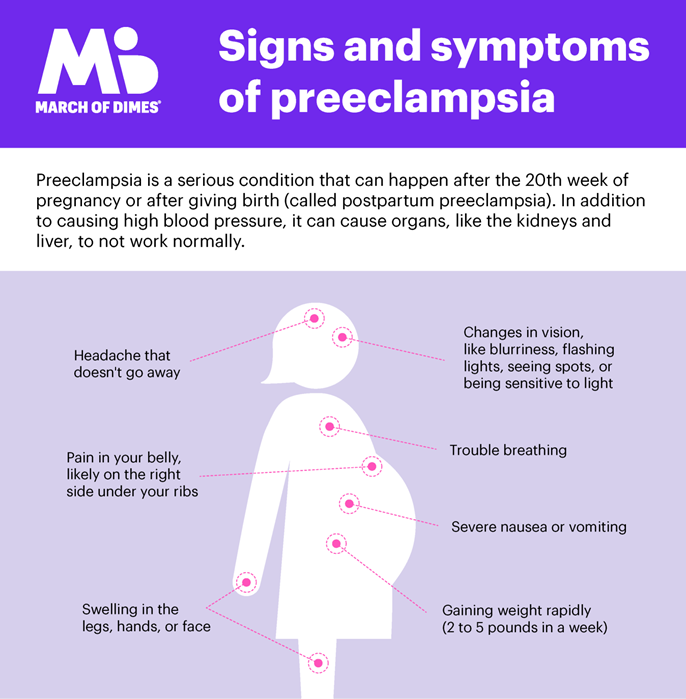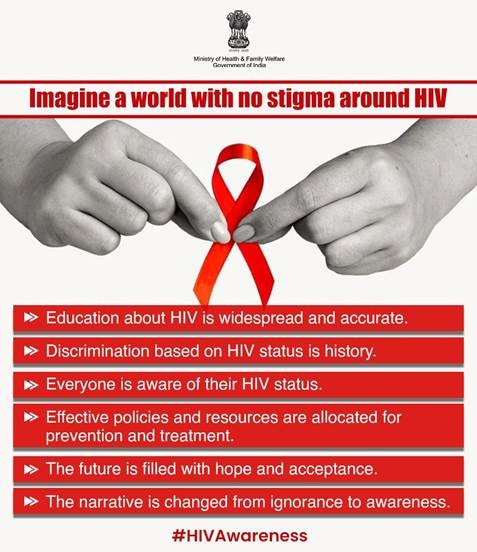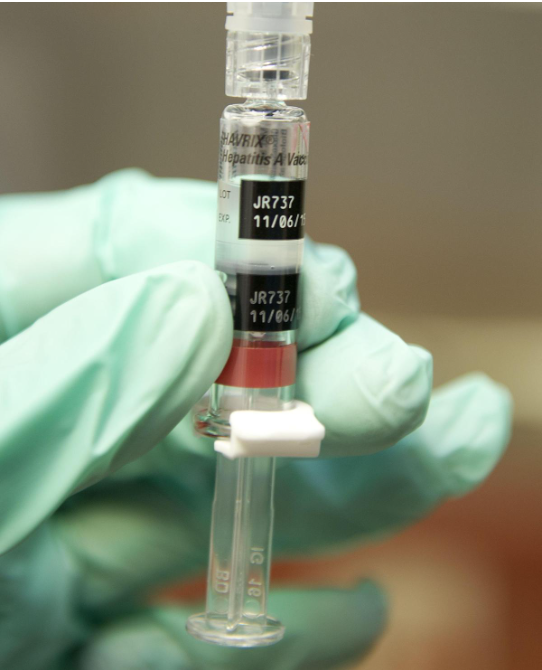Description

Copyright infringement not intended
Picture Courtesy: www.lifecell.in
Context: A study published in Nature Medicine has unveiled a promising liquid biopsy approach aimed at enhancing the early detection of pregnancies at risk of developing preeclampsia by measuring DNA-methylation levels in the blood.
Details
- Preeclampsia represents a significant source of complications during pregnancy. Previous research has indicated that substantial methylation changes in the placenta manifest at the time of delivery. Liquid biopsy, an emerging diagnostic tool, holds promise for non-invasive disease detection and monitoring of disease progression and treatment response.
- Recently, the research team identified variations in DNA methylation between pregnancies that developed preeclampsia and those that did not. Utilizing this data, they developed a model that enabled risk stratification not only when preeclampsia was officially diagnosed but also in the presymptomatic stage, around the 12th week of gestation.
- In a subsequent analysis involving 197 of these women, they demonstrated that this model, when combined with clinical and demographic risk factors, generated a risk score that accurately predicted early-onset preeclampsia in 72% of cases.

Preeclampsia
- Preeclampsia is a pregnancy-related medical condition characterized by high blood pressure (hypertension) and damage to organs, typically the liver and kidneys. It usually occurs after the 20th week of pregnancy, although it can develop earlier. Preeclampsia is a serious condition that can have significant health implications for both the pregnant person and the fetus.
Key points about preeclampsia
- Symptoms: Preeclampsia often presents with symptoms such as high blood pressure, swelling (edema) in the hands and face, sudden weight gain, headaches, and visual disturbances (blurred vision or seeing spots). However, some individuals with preeclampsia may not exhibit noticeable symptoms.
- Risk Factors: While the exact cause of preeclampsia is not fully understood, there are several risk factors associated with its development. These include a first-time pregnancy, a history of preeclampsia in a previous pregnancy, a family history of the condition, being over the age of 35, carrying multiple fetuses (twins, triplets, etc.), and certain medical conditions such as chronic hypertension or kidney disease.
- Complications: Preeclampsia can lead to serious complications for both the pregnant person and the fetus. If left untreated, it can progress to eclampsia, a condition characterized by seizures. Other complications may include organ damage, placental abruption (where the placenta separates from the uterus prematurely), and preterm birth. In severe cases, it can be life-threatening.
- Treatment: The primary treatment for preeclampsia is delivery of the baby. In cases where preeclampsia develops early in pregnancy, healthcare providers may aim to manage the condition until the fetus is mature enough for delivery. This can involve bed rest, blood pressure monitoring, and medications to control blood pressure. After delivery, most symptoms of preeclampsia typically resolve.
- Prevention: While preeclampsia cannot always be prevented, prenatal care is crucial in managing and detecting the condition early. Regular prenatal check-ups, and monitoring of blood pressure, and urine protein levels are important components of prenatal care. In some cases, healthcare providers may recommend low-dose aspirin or other medications to reduce the risk of preeclampsia in high-risk individuals

Picture Courtesy: www.marchofdimes.org
Conclusion
- The preliminary findings from this study suggest that cell-free DNA methylation profiling holds promise as a valuable tool for assessing the risk of preeclampsia in the presymptomatic stage. This technology has the potential to enhance treatment strategies and post-diagnosis monitoring within the field of obstetrics.
|
PRACTICE QUESTION
Q. The term “Preeclampsia” is frequently seen in the news, it is related to:
A) Malware
B) New Virus discovered in Antarctica
C) Pregnancy-related medical condition
D) Old age-related medical condition
Answer: C
Explanation: Preeclampsia is a pregnancy-related medical condition characterized by a sudden increase in blood pressure (hypertension) and damage to organs, typically the liver and kidneys. It usually occurs after the 20th week of pregnancy, although it can develop earlier. Preeclampsia is a potentially serious and life-threatening condition that can have significant health implications for both the pregnant person and the fetus.
|
https://www.thehindu.com/sci-tech/science/early-prediction-of-preeclampsia-using-a-blood-derived-biomarker/article67259987.ece












